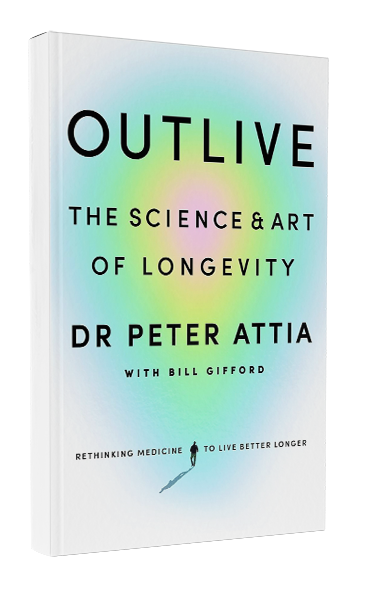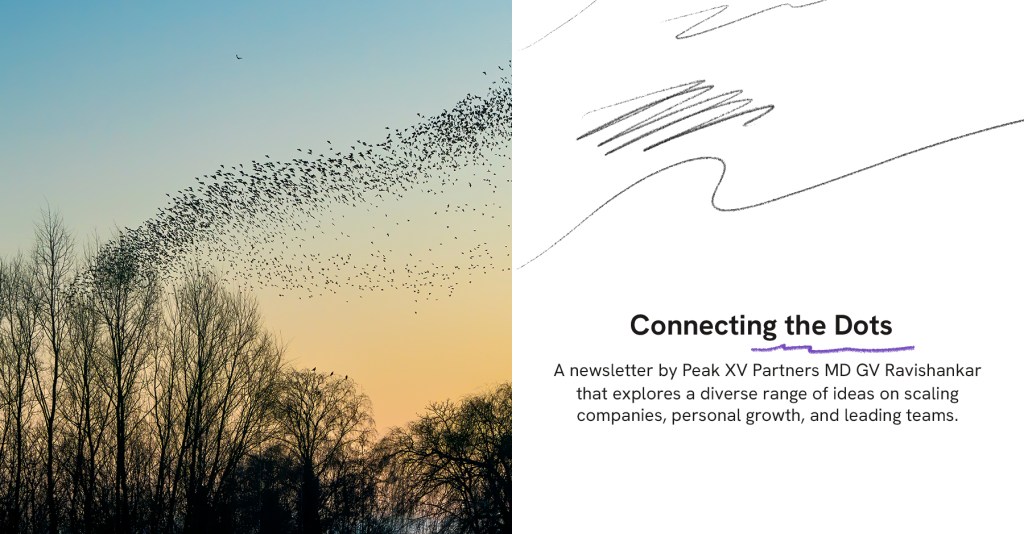Unopened Windows
ByGV Ravishankar
PublishedDecember 21, 2023
By being aware of the assumptions you make, you may be able to cast open new windows and allow for better answers to emerge.
Let go of assumptions to unlock better answers and healthier relationships.
I had signed up for a course on leadership in the second year of my postgraduate program at IIM Ahmedabad. In this particular class, we were learning how to negotiate. The class was divided into three major groups for an exercise, and each group was further subdivided into two smaller teams. Each of these teams was given a document detailing the role they were expected to play.
Team 1 in each group represented a pharmaceutical company that used watermelons to produce a drug that cured a rare and dangerous infection. They were competing with Team 2 in their group, which represented a dermatology company that also used watermelons, but for a different product. They produced a lotion that could heal the severely damaged skin of soldiers wounded in battle and could get them back on the field quickly.
The scenario laid out theorized that there was only a fixed number of watermelons available from farmers that year and that the two companies had to negotiate with the supplier for access to all the farmers’ produce.
Since the task’s goal was a noble cause and high prices would not help either group, the supplier asked the two groups to come to an understanding as to which group would get all the produce.
The two teams had to negotiate with each other to try and get all the watermelons. A deficit of even a single watermelon meant they would not be able to produce the products required. This was a do-or-die situation for both teams.
After strategizing internally, one team proposed saving civilian lives was more important than fixing soldiers’ skin, while the other argued that safeguarding national interest by putting soldiers back into the defense of the country was even more important. The discussions went on for 20 minutes, which was the allotted time for this negotiation exercise.
Only one of the three major groups managed to finish the negotiation on time and came back with a smile on their faces. I happened to be a part of that team.
Meanwhile, the remaining groups were upset that the other side was being unreasonable in their negotiations. When the professor asked my group how we had convinced the opposing team, we explained that there was no conflict to solve as we could split the produce. The others in the class quickly revolted, pointing out that the project’s document said that a split in the amount of watermelons would mean neither team would get the adequate quantity to produce their drug or lotion. They were both right and wrong.
As always, the devil was in the details—the first pharmaceutical company needed watermelon seeds to make their drug, while the second company needed the skin of the fruit to produce their lotion. Yes, both needed the entire lot of watermelons, but they needed different parts. This was a small but significant detail, one that was clearly stated in the documents shared with the teams at the beginning of the exercise.
The only group that managed to succeed was the one that approached the negotiation without assuming that this was a zero-sum game. Our group also started out wanting to win, but during the negotiations became more open to trying to find a solution for the other side as well, if possible. This allowed the team to truly understand that there was a win-win solution possible: an ‘and’ answer versus an ‘or’ answer. They managed to open an unopened window by letting go of assumptions.
This was an ‘aha’ moment for most of us in the class as it laid out how we sometimes approached situations with pre-formulated stories or theories that may not be completely accurate or may be only part of the story.
“Assumptions are unopened windows that foolish birds fly into, and their broken bodies are evidence gathered too late.” – Bryan Davis
There’s definitely some truth to assumptions being the mother of all mistakes. We often come across people who believe they have been unfairly targeted or that something bad has happened to them because someone else has done something to purposely hurt them or their chances. That professor who failed you in class had to have a problem with the color of your skin; otherwise, why would a good student like you be given bad grades? Or that promotion at work that went to your colleague instead of you was because she was simply feeding your boss negative information about you.
We all fall for this blame game where the problem is always seen as “not with us”, and we make that assumption to pander to our own ego.
One realization I’ve had over the years is that no one is thinking about you as much as you think about yourself (everyone is the center of their own universe, and not someone else’s). We are simply not as important as we really think.
This means that most times, people are not going to spend time scheming against us or trying to pull us behind. So, look to Hanlon’s razor, which says, “Never attribute to malice that which you can adequately ascribe to stupidity.” If someone did do something to hurt you, it was most likely unintentional.
This is even more true in relationships. Brené Brown, the popular author, introduces the concept of “The story I’m telling myself” as a powerful tool for communication and conflict resolution in her book Rising Strong.
The idea is to encourage individuals to express their feelings and perceptions by framing them as stories, rather than perceived facts. This approach helps in creating a shared understanding between people and reduces the potential for misunderstandings and conflicts. I have found this to be a powerful tool when it comes to conflicts in personal and professional relationships.
This is how it works: You are upset with your partner for not coming to the restaurant on time and making you wait for 20 minutes. You are furious because it looks like you were stood up. You are certain your partner is incapable of planning well, or worse, maybe they took you for granted and did not value your time. When your partner arrives, what would you do? Will you take a dig at them? Scream, maybe? Express deep disappointment?
Brené Brown recommends you lead your conversation with, “The story in my head is…” When someone starts off explaining their feelings with, “The story in my head is…” they are essentially sharing their interpretation of a situation rather than presenting it as an absolute truth.
This framing allows for open and honest communication because it acknowledges that our perceptions are shaped by our own experiences, beliefs, and emotions. In this situation, when you share the story of how you felt your partner didn’t value you or your time when they showed up late, it gives them a chance to clear up that assumption and reinforce their respect for you.
When you are faced with a delicate situation at work or in your family or relationships, or have a tricky problem to solve, ask yourself the question, “What assumption am I making?” or “What is the story in my head?” By being aware of the assumptions you make, you may be able to cast open new windows and allow for better answers to emerge. Having the full picture could help prevent an unpleasant situation at home or at work.
As we enter the new year, this could be one resolution you may want to make—open the window before you kick in the door of conflict!
“Assumptions are the windows on the world. Scrub them off every once in a while, or the light won’t come in.” – Isaac Asimov
When you are faced with a tricky situation at work or in your family or relationships, or have a tricky problem to solve, ask the question, “What assumption am I making?” or “What is the story in my head?”
Here are three articles I found interesting:
How Mathematics Built the Modern World: This article dives into the history of mathematics and its impact on the industrial world. From construction to artillery and astronomy to factory machines, mathematics and computation have helped move our civilization forward.
Perception and Deception: Human Beauty and the Brain: Shared by a friend in the medical profession, this paper examines why symmetry, among other things, plays a significant role in how we perceive beauty. The paper’s dive into the neuroscience of beauty makes it an interesting read.
The Road to Self-Renewal: One of the best reads of the year, I’ve shared this transcript of a speech by John Gardner with several friends and colleagues. It hits so many life truths, and every sentence is thoughtful. It takes about 16 minutes to read, but it is a phenomenal return on the time spent.
If you have time for a longer read:
Since the articles I’ve recommended this month are all fairly long reads, I am going to recommend only one book and it’s one of my favorites for the year!

Outlive by Peter Attia, Bill Gifford
If you are really going to be choosy about what you read but want something that will help you make positive changes to your life and health, I would recommend reading Outlive. I started following the author, Peter Attia, for his podcasts that deep dive into various topics on health. In this book he lays out what to do to improve our chances of increasing our healthspan (versus just lifespan).
Do write in at gv@peakxv.com if any of my interests intersect with yours! Click here to read more articles on Peak XV’s blog. For more editions of Connecting the Dots, click here. I’m also on LinkedIn and Twitter.
